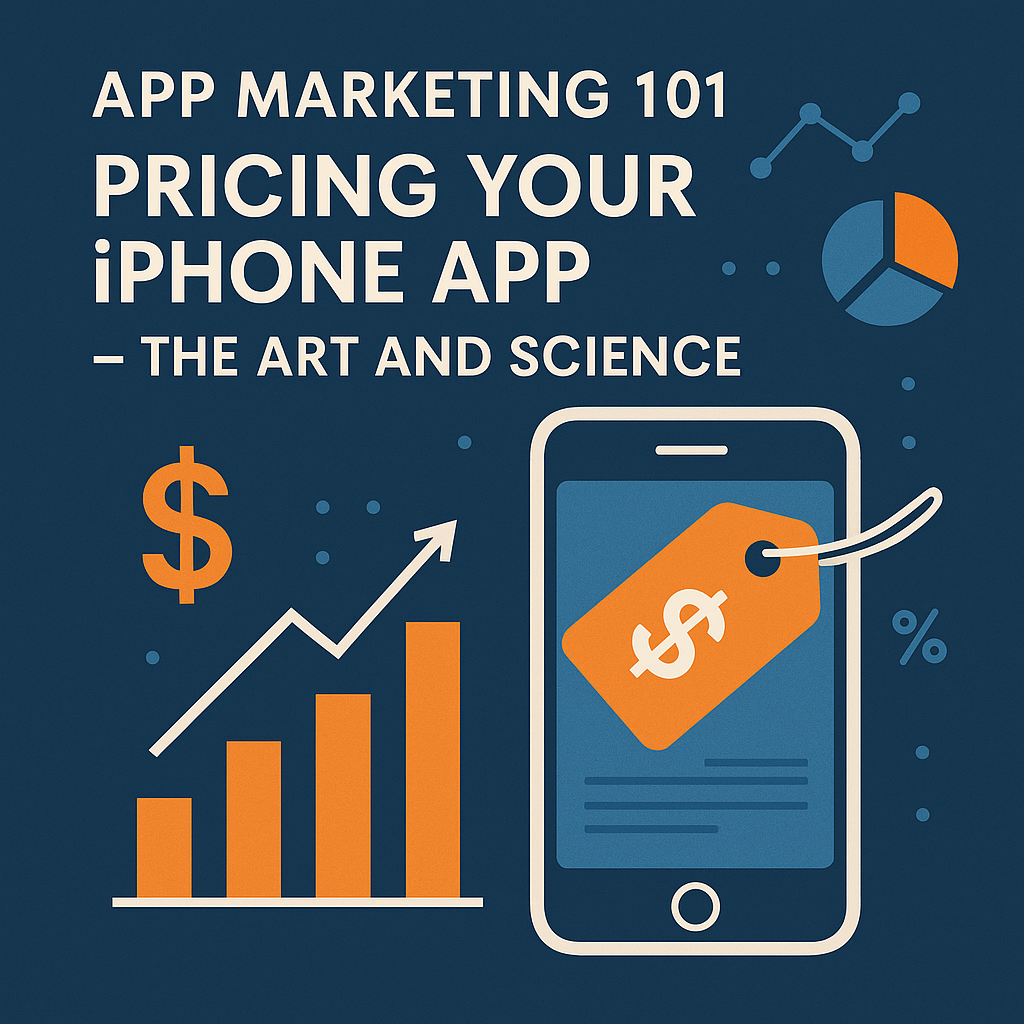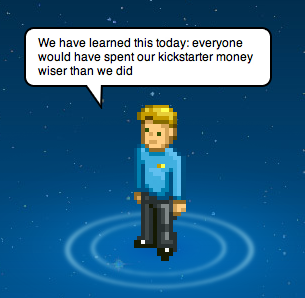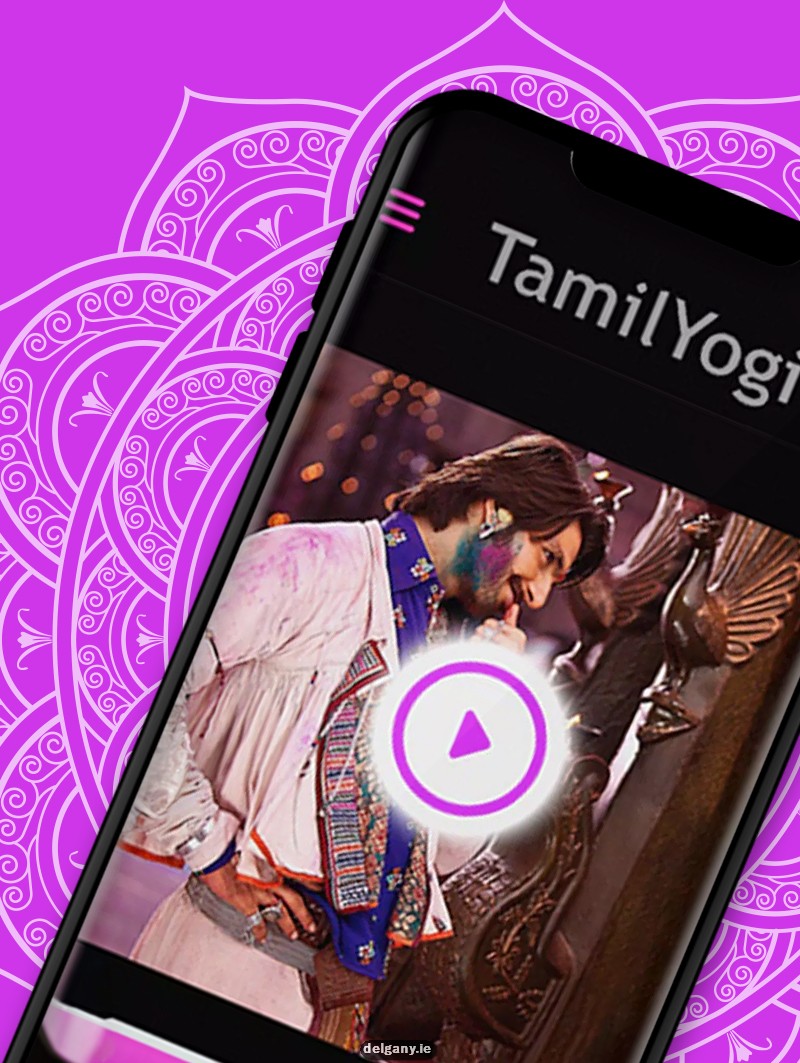App Marketing 101: Pricing Your iPhone App – The Art and Science
When it comes to launching an iPhone app, pricing can make or break your success. Set it too low, and you leave money on the table. Too high, and users might scroll past without giving it a second thought. The reality is: pricing an app isn’t just a business decision—it’s a blend of data, psychology, and smart positioning.
In this guide, you’ll learn how to price your app with intention, supported by both research and real-world insights. Whether you’re targeting mass downloads or high-value users, this article walks you through the strategies that combine the art and science of pricing.
Why Pricing Your App Matters More Than You Think
On the surface, pricing seems simple. Choose a number, hit publish, and move on. But in the App Store ecosystem, pricing is deeply tied to:
User perception
Your brand image
Revenue models
Long-term retention and monetization
Your ability to compete
A well-priced app doesn’t just bring in income—it establishes trust, sets expectations, and encourages engagement.
The Pricing Options Apple Now Offers (And Why It’s a Game-Changer)
In 2023, Apple introduced over 700 new pricing tiers for developers. This gives you the ability to price your app from $0.29 to $10,000, depending on your app’s purpose and audience.
What’s even more useful is the regional pricing customization. You can now set a base price in your home currency and let Apple automatically localize that pricing across different markets based on exchange rates and local tax rules.
Source: Apple’s pricing update
This flexibility means developers no longer need to fit into a rigid pricing system. You can experiment more, especially with niche products, subscriptions, or apps meant for high-value B2B users.
The “Art” Side of Pricing – Understand Your Users, Not Just the Market
Let’s start with what you can’t measure as easily: perception, behavior, and emotional response.
1. Psychological Pricing Still Works
There’s a reason $0.99 is still so common. It’s not just tradition—it’s science. This pricing trick plays on how the human brain reads numbers. We see “$0.99” and it feels significantly cheaper than “$1.00”, even though it’s just one cent less.
Use it when your goal is to drive volume, especially if your app is lightweight, impulse-driven, or in a saturated category.
2. Good-Better-Best Model (Tiered Pricing)
If your app supports different user levels—say, a basic free version, a mid-tier with essential tools, and a premium version with all features—this model is worth exploring.
It gives users the chance to self-select based on budget and perceived value. Often, the mid-tier becomes the sweet spot and brings in the majority of your revenue.
3. Value-Based Pricing
Instead of calculating pricing based on how much your app cost to make, consider what it’s worth to the user. If your app saves someone 5 hours a week, how much is that worth to them?
The value-based model works especially well in productivity, education, and business categories, where solving a problem can feel worth every penny.
The “Science” of App Pricing – Use Data to Inform Every Move
While perception is important, data helps you steer the ship with confidence.
1. Start With Competitor Analysis
Check what your competitors are charging—not just the price itself, but what users get at each level. Look at the feature-to-price ratio. Then ask yourself:
Are you offering more for the same price?
Is your experience smoother or more specialized?
Do you solve a unique problem?
Use this info to position your pricing slightly above, below, or right at market average depending on your value proposition.
2. A/B Testing: Experiment Without Risk
Use tools like Firebase Remote Config or RevenueCat to test multiple pricing points with different segments of users. For example:
Group A sees $2.99
Group B sees $4.99
Measure the conversion rate, retention, and average revenue per user (ARPU). Data will show you where to settle.
3. Penetration vs. Skimming Strategy
Penetration pricing: Start low, build users fast, and increase prices later. Great for social or viral apps.
Skimming pricing: Start high, target premium users first, then lower price over time. Ideal for niche or premium products.
Each has risks, so match the model to your app’s lifecycle and user base.
Hybrid Monetization Models – The Best of Both Worlds
Most successful apps don’t rely on a single revenue strategy. Here are combinations that work well together:
| Model | Description | Ideal For |
|---|---|---|
| Freemium + IAPs | Free core app with paid extras (features, content, coins) | Games, utility apps |
| Subscription + Free Trial | Monthly or yearly fee with limited-time free access | Productivity, content, fitness |
| Paid App + Upgrade Path | One-time app fee with optional upgrades | Education, design tools |
Using multiple streams diversifies your revenue and gives users flexibility.
What About Free Apps?
Free doesn’t mean you can’t make money. In fact, most top-grossing apps in the App Store are technically free. They rely on:
In-app purchases
Subscriptions
Ads
Affiliate offers
Data licensing (in very specific legal and ethical cases)
However, if you go free, your monetization plan needs to be crystal clear before launch. Otherwise, you risk heavy user acquisition costs with low ROI.
Pricing and User Trust
Users aren’t just buying your app—they’re buying into your brand. If pricing feels shady or unclear, they’ll bounce fast.
Make sure your pricing:
Matches what’s promised in your App Store description
Doesn’t surprise users with unexpected paywalls
Offers transparent upgrade options
Use clean visuals and concise copy to explain what each tier or purchase offers.
What to Avoid When Pricing Your App
Here are common mistakes that can derail even great apps:
Copying competitors blindly – Their audience may not be your audience.
Changing prices too often – Confuses users and breaks trust.
Ignoring feedback – Reviews often mention whether users think your app is worth the price.
Overvaluing novelty – Just because your app is new doesn’t mean people will pay more.
Consistency, humility, and listening to data will always outperform guesswork.
Pricing your app is never a one-size-fits-all process. It’s part gut instinct, part user psychology, and part data science. The best pricing strategy is one that:
Respects your users
Reflects your app’s real value
Aligns with your long-term monetization goals
Keep experimenting, learning, and adapting as your user base grows. The best developers treat pricing not as a checkbox—but as a key ingredient in the success of their product.
And remember, your first price doesn’t have to be your last. But your first impression? That’s hard to change.



